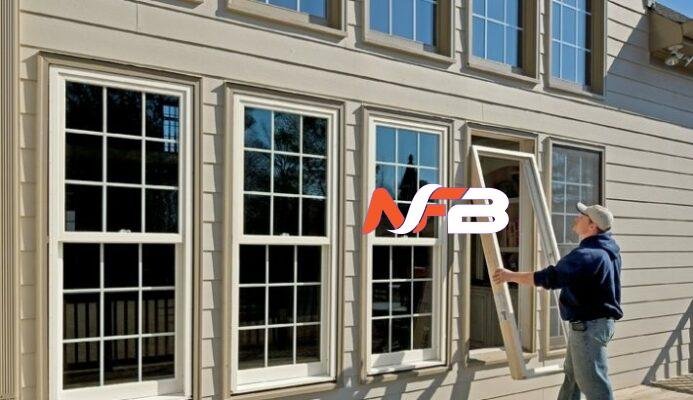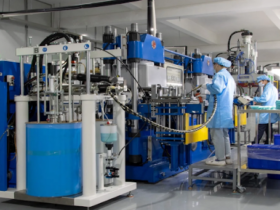Window installation is a crucial aspect of building and renovation projects that affects a structure’s aesthetic appeal and energy efficiency. Whether upgrading old windows or installing new ones in a newly constructed property, the type of windows selected and the quality of installation can significantly influence a building’s overall comfort and energy costs. We will explore various facets of window installation, including the types of windows, the importance of professional installation, and considerations for choosing the right windows for specific needs.
Types of Windows and Their Features
Windows come in various styles and functionalities, each designed to meet specific requirements and preferences. The common types include double-hung, casement, sliding, awning, and bay windows. Double-hung windows are known for their traditional look and functionality. They feature two sashes that slide vertically, allowing for adjustable ventilation. Casement windows hinge at the side and open outward with a crank, providing excellent air circulation and a clear view.
Sliding windows, which move horizontally, are ideal for areas with limited outdoor space since they don’t protrude. Awning windows, hinged at the top and opening outward from the bottom, are excellent in rainy climates as they can be left open during rain without letting water into the home. Bay windows, which protrude from the exterior of a home and include three windows set at angles, create a focal point while providing additional interior space and allowing more natural light.
Each window type offers different benefits in terms of ventilation, ease of use, insulation, and aesthetic appeal. Choosing the right type of window involves considering the building’s architectural style, the local climate, and the space’s specific needs, such as light requirements or airflow preferences.
Read Also:- Overlooked Areas
The Importance of Professional Installation
Proper window installation is vital to ensuring their effectiveness. Poorly installed windows can lead to air leaks, water infiltration, and decreased energy efficiency, potentially causing higher heating and cooling costs and discomfort in indoor environments. Professional window installers are trained to handle the various complexities that can arise during installation, from ensuring the frame is perfectly level and secure to sealing the unit to prevent drafts.
A critical part of professional installation is assessing the existing window frames and sills for damage or rot, which can compromise the integrity and insulation of the new installation. Professionals also consider the building’s structural elements, aligning the window with the existing architecture to ensure a seamless fit that enhances both function and form.
Another significant aspect covered by professional installation is appropriate and high-quality materials. Each component plays a crucial role in the window’s overall performance, from the type of glass to the framing material. For example, double or triple-pane glass filled with inert gas between the layers can greatly enhance insulation properties.
Entrusting window installation to professionals can help homeowners and building managers avoid common pitfalls that might not be apparent to the untrained eye. This includes proper tool handling and installation techniques that ensure the longevity and efficiency of windows.
Factors to Consider When Choosing Windows
Selecting the right windows involves more than just aesthetic preferences; it requires consideration of several practical factors to ensure they meet the needs of the building and its occupants. One of the first considerations is the window material, which includes options like vinyl, wood, aluminum, and fiberglass. Each material offers different levels of durability, maintenance, and thermal insulation. Vinyl windows, for instance, are durable, low maintenance, and provide good moisture resistance, making them a popular choice in various climates.
Another important consideration is the energy efficiency of the windows. Features like low-E coatings, which reflect infrared light to keep heat inside in winter and outside in summer, and argon gas fillings between panes to reduce thermal transfer are critical for reducing energy consumption and keeping utility bills in check.
The design and operation of the window also play key roles in functionality and ease of use. Certain window styles, like tilting windows, offer easier cleaning and maintenance, which is particularly advantageous for windows in hard-to-reach locations.
Lastly, the local climate is an essential factor to consider when choosing windows. In areas with extreme temperatures, thermal resistance, and insulation are priority features to look for. Conversely, in milder climates, the focus might shift towards maximizing natural light.
Read Also:- Window Installation Services
conclusion
In conclusion, window installation is a complex field encompassing a wide range of considerations from the type of window and materials used to the importance of professional installation from Maverick Windows. By understanding these aspects, consumers and professionals can ensure that the windows installed in a building not only enhance its appearance but also contribute to its functionality and efficiency. As the industry evolves, staying informed about the latest technologies and trends in window installation will be key to making choices that align with current needs and future sustainability goals.














Leave a Reply